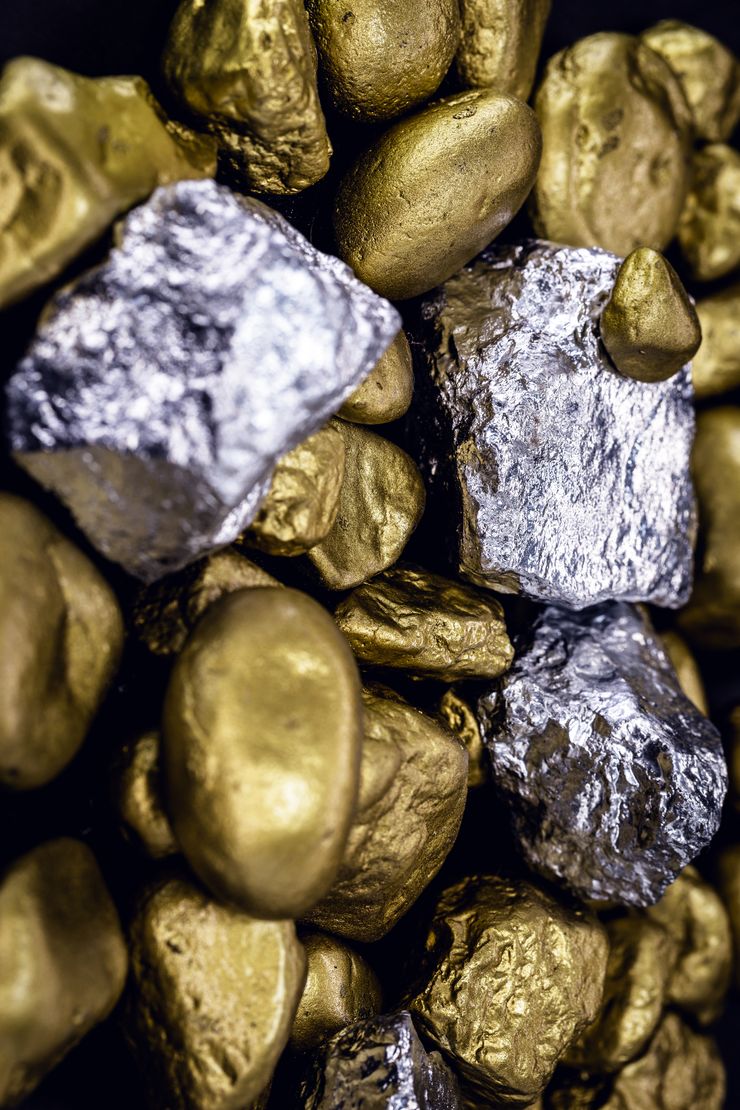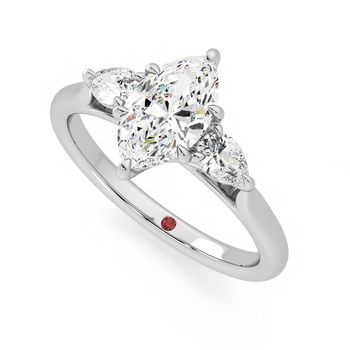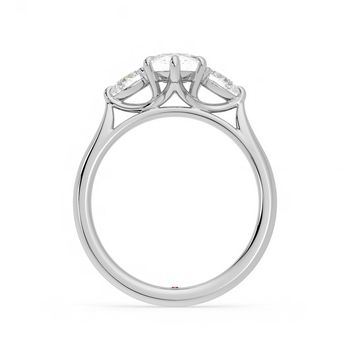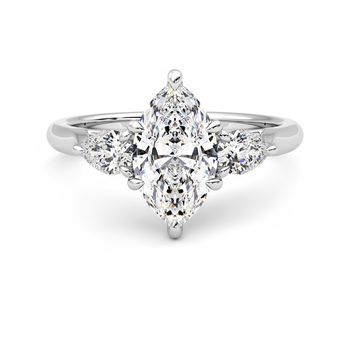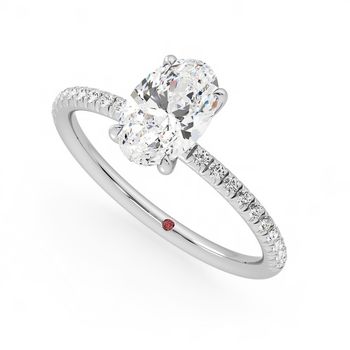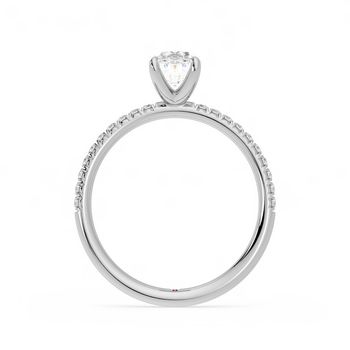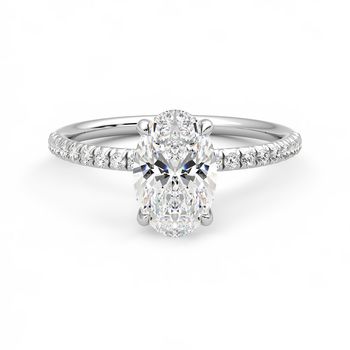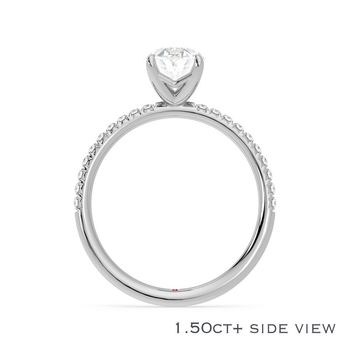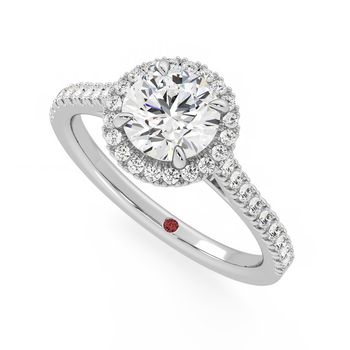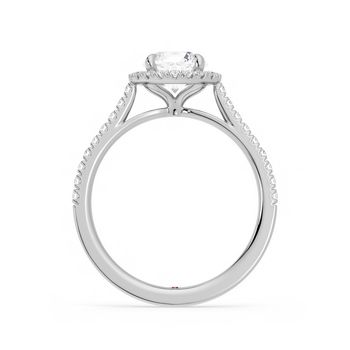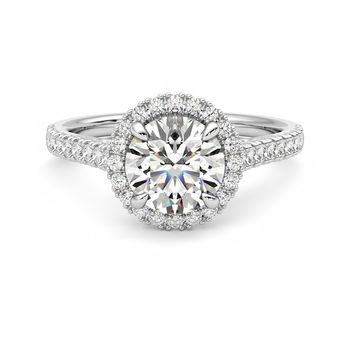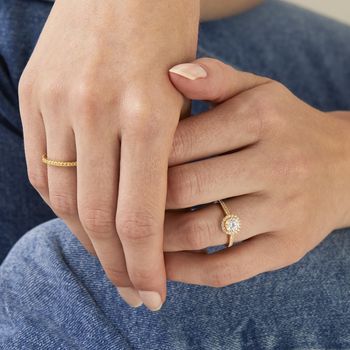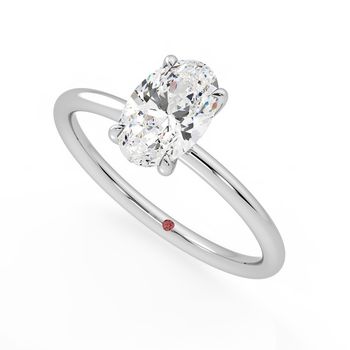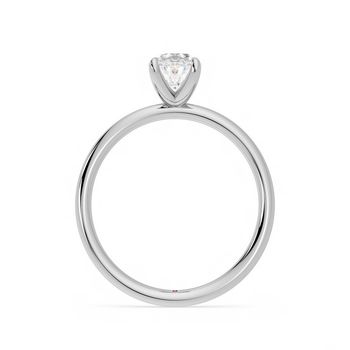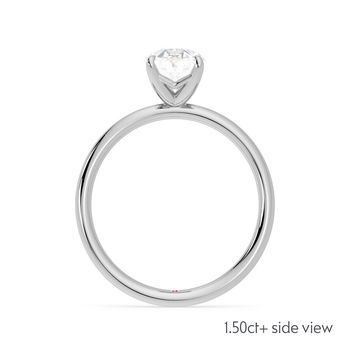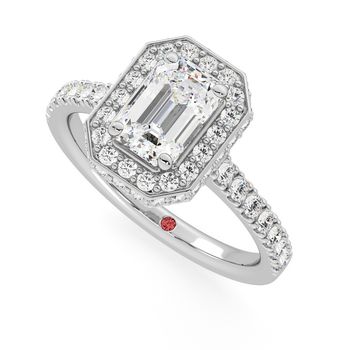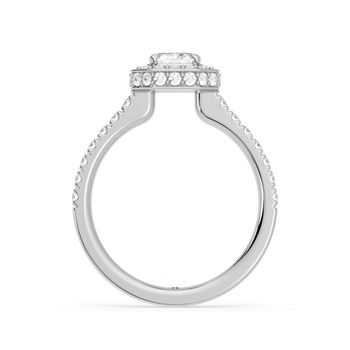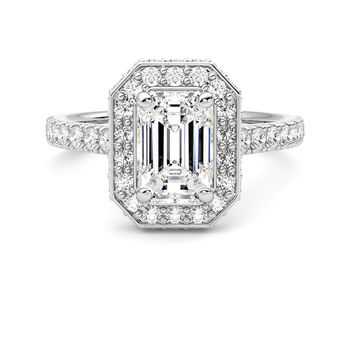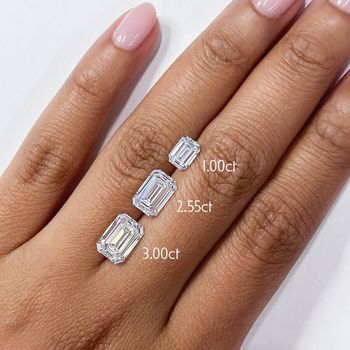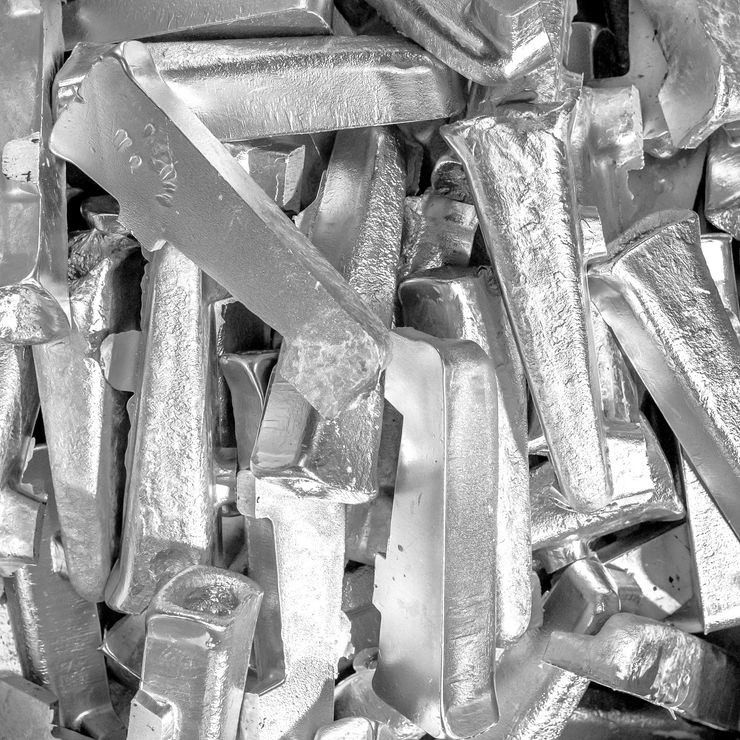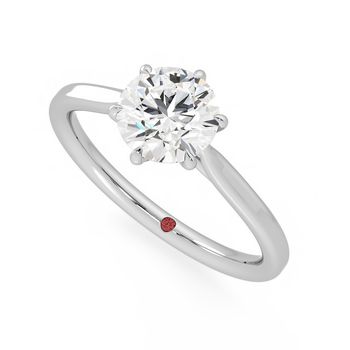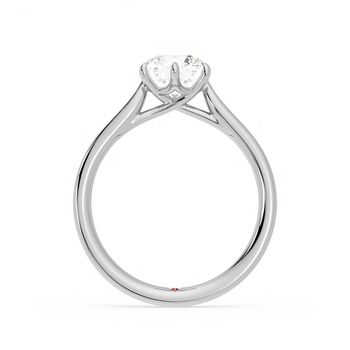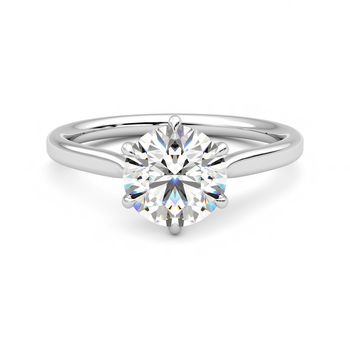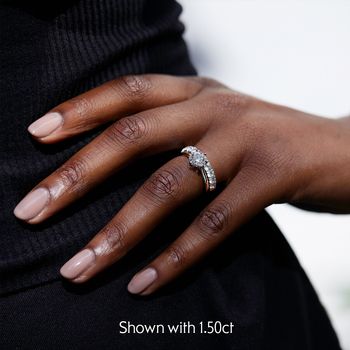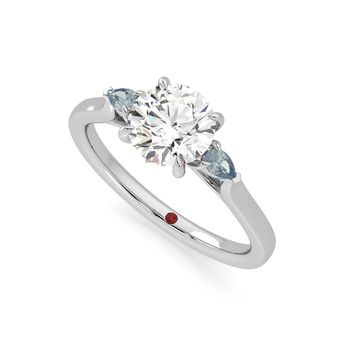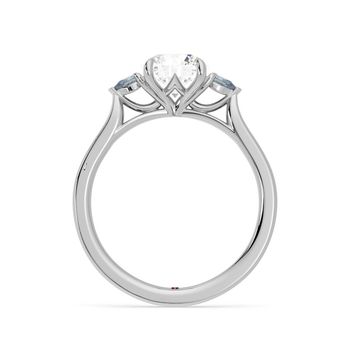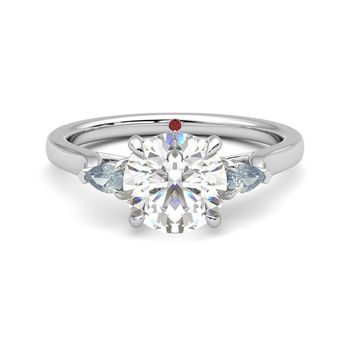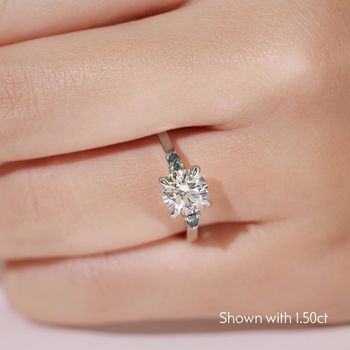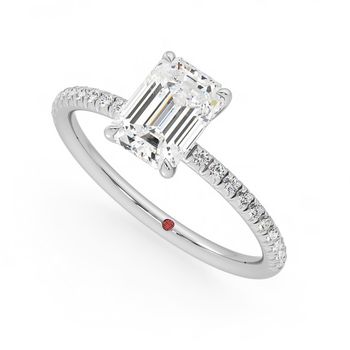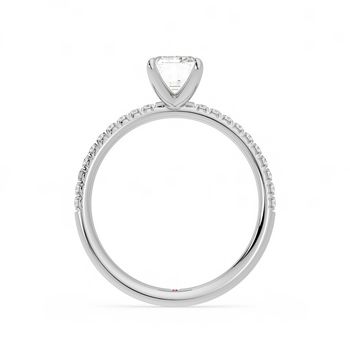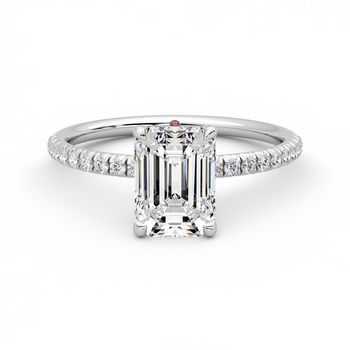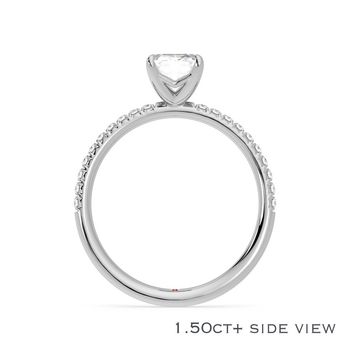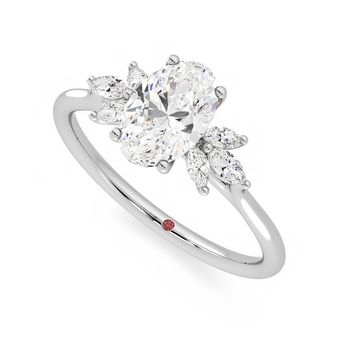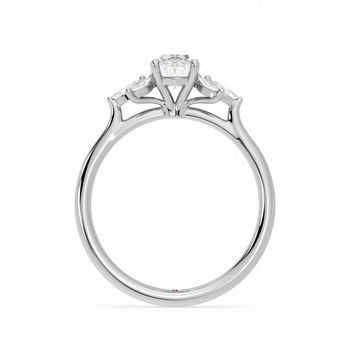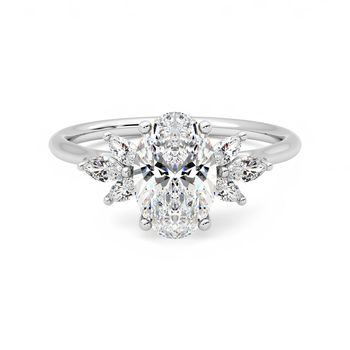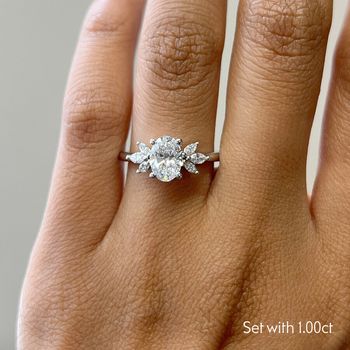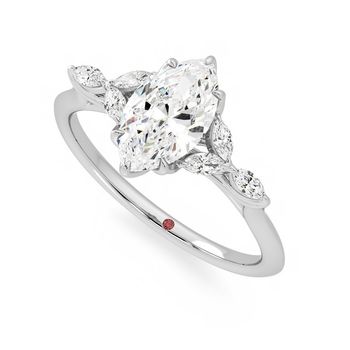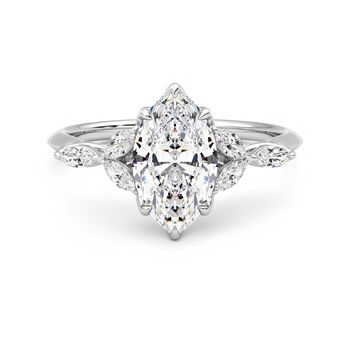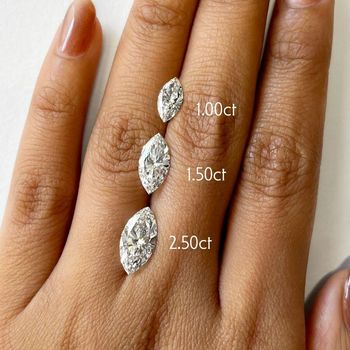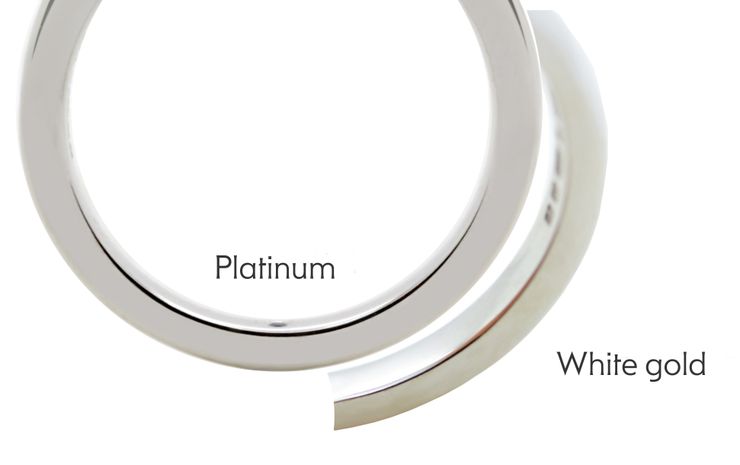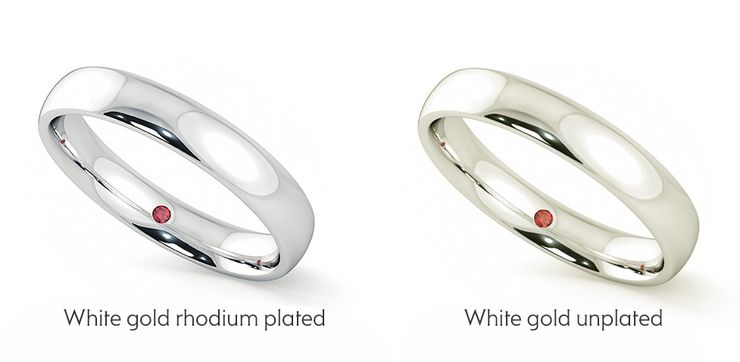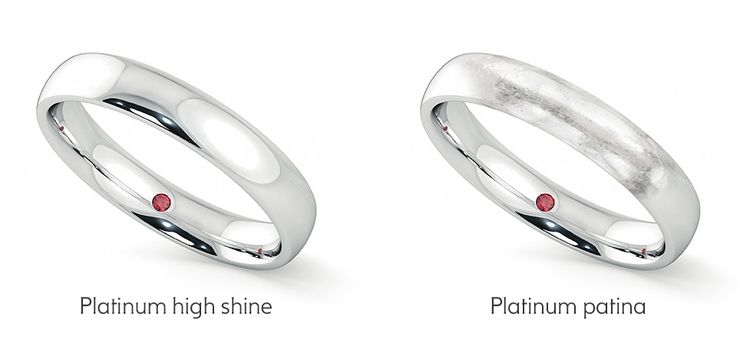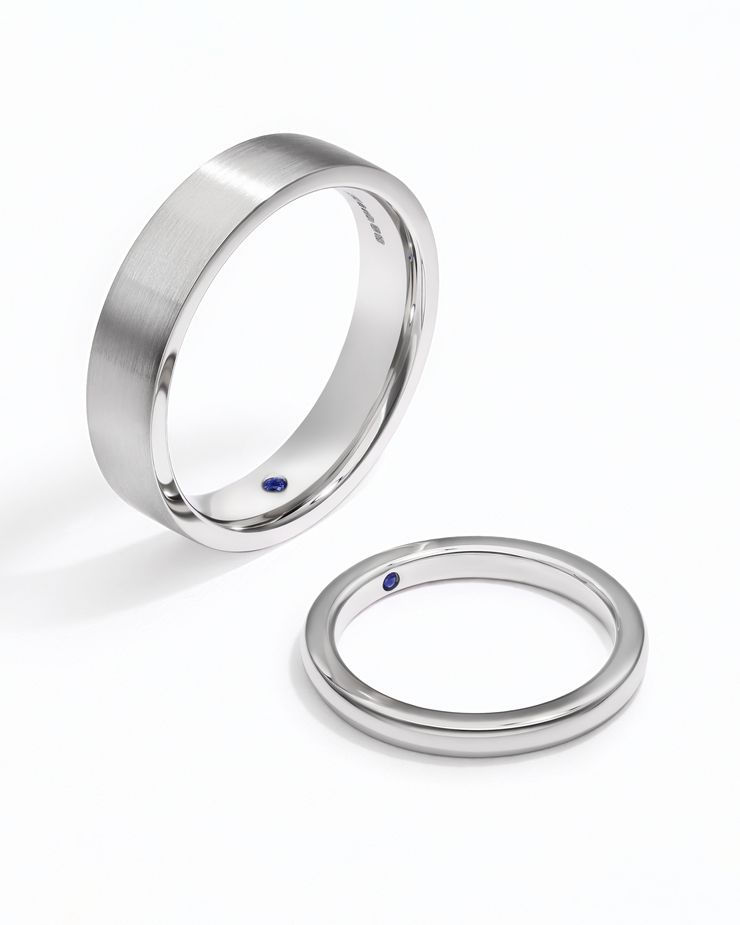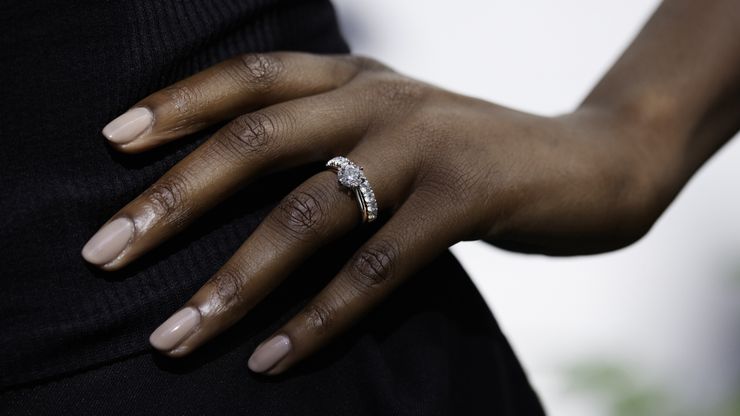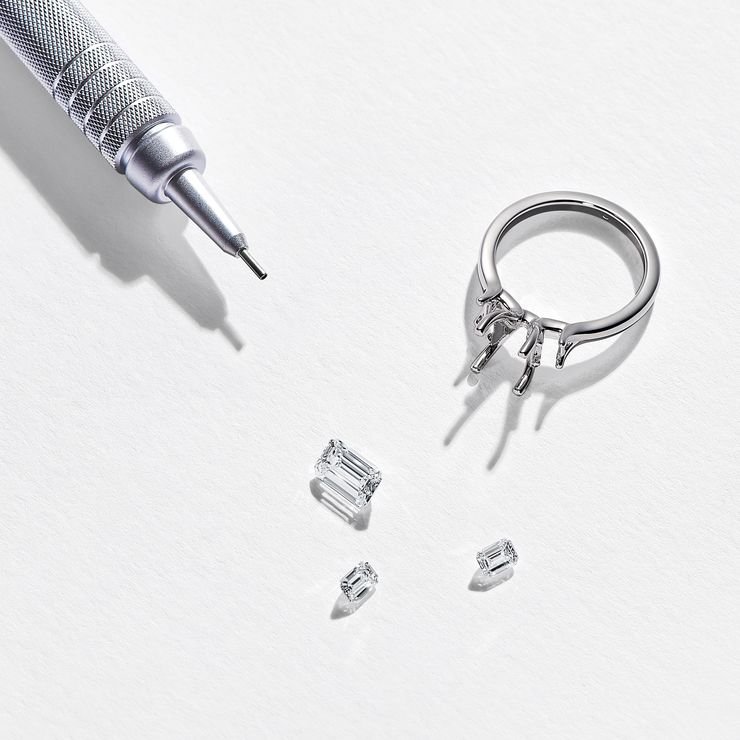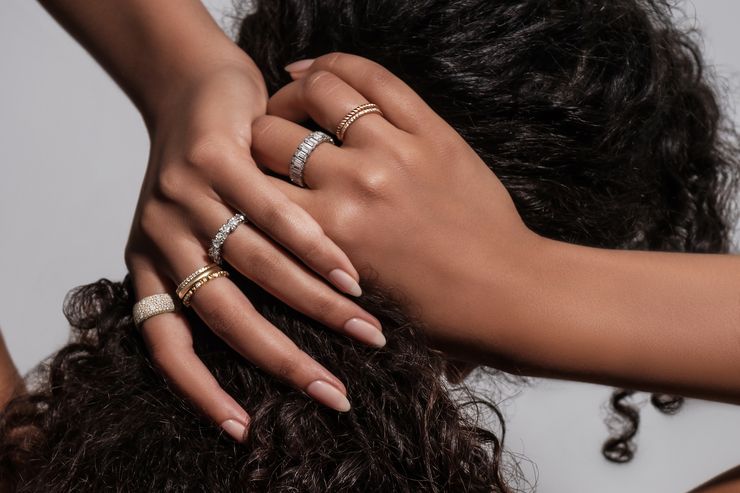How is white gold made?
White gold is a coloured version of gold, meaning it is a different colour to the original material. Pure gold is a precious metal of an intense yellow colour, so in order to produce it, yellow gold is alloyed with other metals. Gold can be made into many other colours besides yellow, with white gold and rose gold being the most popular colours. White gold is actually more popular than yellow gold in North America, with yellow gold being more popular in countries across Asia.
The exact alloy will depend on the carat of the metal. 9ct white gold is usually created with 35.7% gold and about 62% sterling silver. 18ct white gold, which is the highest carat of white gold available, is created out of 75% gold and 25% palladium. There is no form of pure white gold available, due to the fact that to achieve a white colour gold must be mixed with other white metals.
Sometimes a white gold alloy can contain a mixture of gold and nickel to achieve a white finish. However nickel can be known to cause allergic reactions, so for this reason many metalsmiths will avoid the use of nickel in white gold although those with sensitive skin or allergies may choose to opt for a different metal option.
When it comes to choosing the perfect metal for your engagement ring or wedding band, two options stand out: white gold and platinum. Both metals have their unique characteristics, advantages, and considerations. In this comprehensive guide, we’ll delve into the world of white gold and platinum to help you make an informed decision that suits your preferences, lifestyle, and budget.

